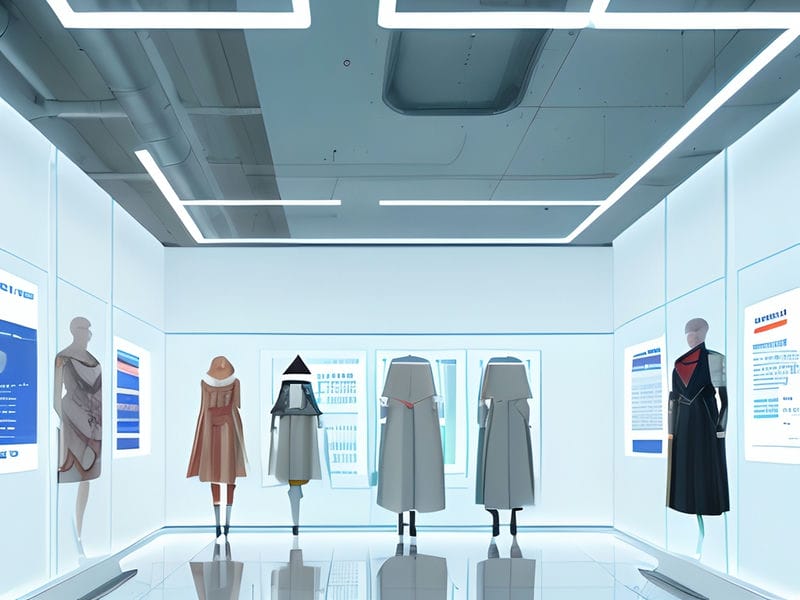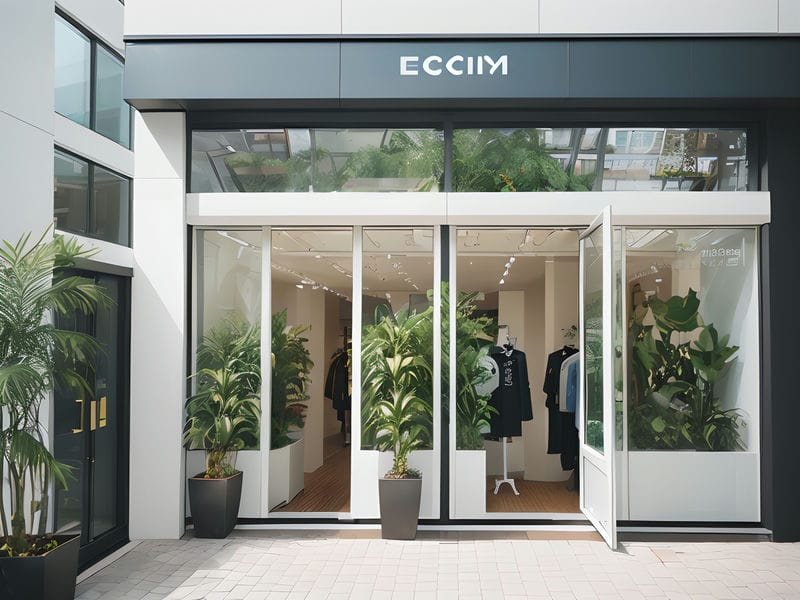
Exploring the Benefits of On-demand Production
The shift from traditional retail to online sales channels
On-demand production offers a plethora of cost-saving benefits for businesses looking to streamline their operations and boost efficiency. One of the key advantages is the ability to minimize inventory costs by producing goods only when they are needed, eliminating the need for large stockpiles of products that may go unsold. This not only reduces storage costs but also helps prevent waste and obsolescence.
Exploring the Benefits of On-demand Production - Ru
- Tops
- orders
- shipping
Additionally, on-demand production allows companies to respond quickly to changes in demand, enabling them to adapt to market trends and customer preferences in real-time. This flexibility can help reduce the risk of overproduction or underproduction, ultimately leading to higher profitability.
Furthermore, on-demand production can help lower labor costs by optimizing production processes and reducing downtime. By automating repetitive tasks and utilizing just-in-time manufacturing techniques, businesses can maximize efficiency and minimize labor expenses.
Overall, the cost-saving benefits of on-demand production are clear - from reducing inventory costs to increasing operational efficiency, this approach offers a multitude of advantages for businesses looking to stay competitive in today's fast-paced market. By embracing on-demand production, companies can unlock new opportunities for growth and success while keeping costs in check. Vintage clothing is a sustainable choice The Role of Resale Markets in Promoting Sustainability Linen. Linen is biodegradable and long-lasting Chic Sustainable Wardrobe Sustainable Apparel Coalition.










